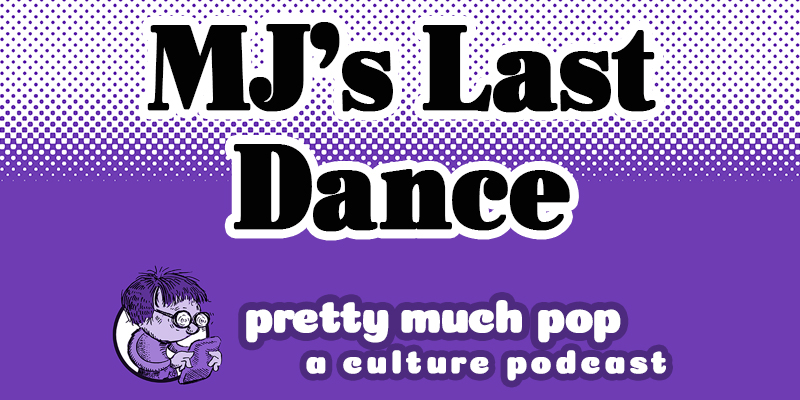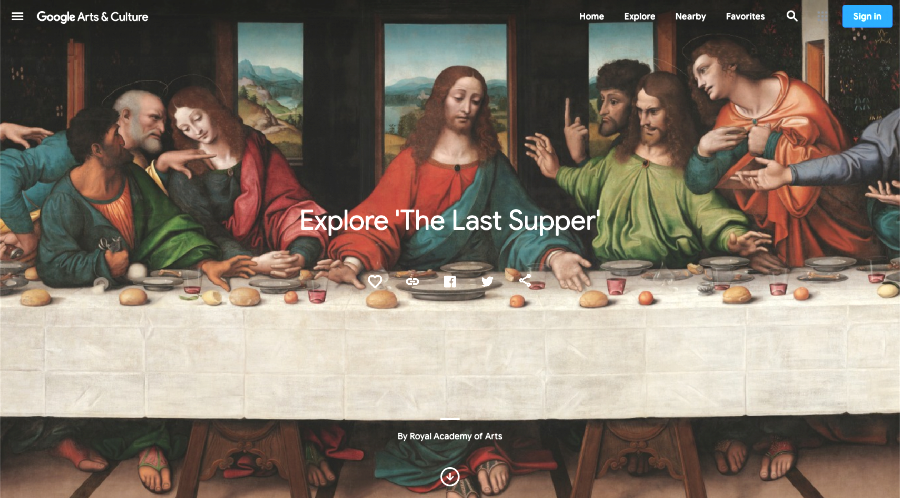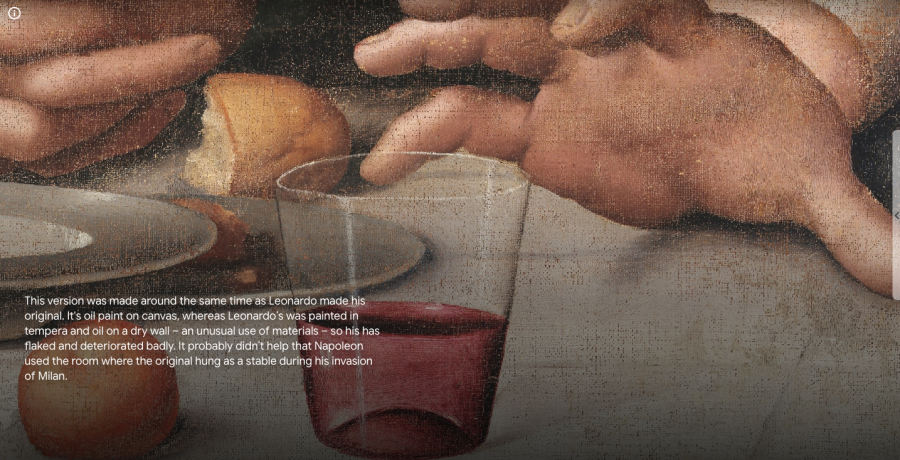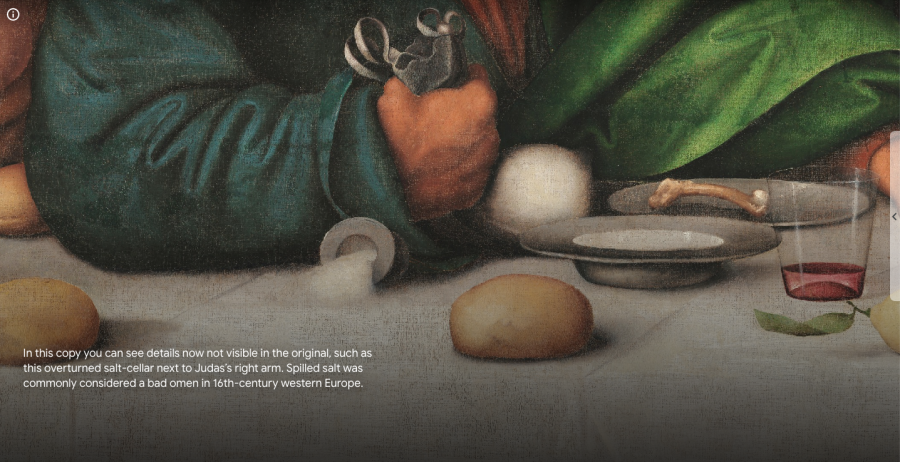Modern Western societies haven’t solved the problem of sex, but Samoa has the answer. Or at least it does according to the work of influential anthropologist Margaret Mead, subject of the animated introduction from Alain de Botton’s School of Life above. Her mentor Franz Boas, the founder of anthropology in the United States, saw not a world progressing “in a linear fashion from barbarism to savagery to civilization” but “teeming with separate cultures, each with their own unique perspectives, insights, and efficiencies.”
Though Mead’s time living among the natives on the distant islands of Samoa came at Boas’ suggestion, she already believed that “isolated cultures could serve as laboratories that would reveal ways of living that the modern world had forgotten about, but needed to remember.” The resulting book, 1928’s Coming of Age in Samoa, turned Mead into the most famous anthropologist in the world. In it she describes Samoan culture as “far more open and comfortable with sex than the modern United States. Little children in Samoa knew all about masturbation, and learned about intercourse and other acts through first-hand observation, but thought of it as no more scandalous or worthy of comment than death or birth.”
Mead also noted an acceptance of not just homosexuality but a natural shift in sexual orientation over time — a condition bound to intrigue a serious scholar who herself led a rather unconventional life, “simultaneously involved with successive husbands and her ever-present female lover.” Her analysis of Samoa, which informed the worldviews of such influential figures as childrearing guru Benjamin Spock, would take on an even broader appeal in the 1960s, when a rising counterculture sought inspiration in its push to transform Western society. Proponents of the “sexual revolution” and its loosening of norms found a natural ally in Mead, and traces of her life and work remain in fragments of the Summer of Love up to and including Hair, one of whose minor characters has her name.
Mead also comes up in Hunter Thompson’s 1971 epitaph for the counterculture, Fear and Loathing in Las Vegas. The scene is the National District Attorneys Association’s Conference on Narcotics and Dangerous Drugs, at which a participant suggests that Mead partakes in the substance known as marijuana. The “drug expert” onstage replies thus: “At her age, if she did smoke grass, she’d have one hell of a trip.” Though Mead publicly showed sympathy for addicts, whom she described as “casualties of a badly organized society,” her own experiences with mind-altering substances are less well documented. But then, her time in Samoa may well have been the only consciousness-expanding trip she needed.
Related Content:
The History of Western Social Theory, by Alan MacFarlane, Cambridge University
Anthropologist Claude Lévi-Strauss Remembered
Based in Seoul, Colin Marshall writes and broadcasts on cities, language, and culture. His projects include the book The Stateless City: a Walk through 21st-Century Los Angeles and the video series The City in Cinema. Follow him on Twitter at @colinmarshall, on Facebook, or on Instagram.






